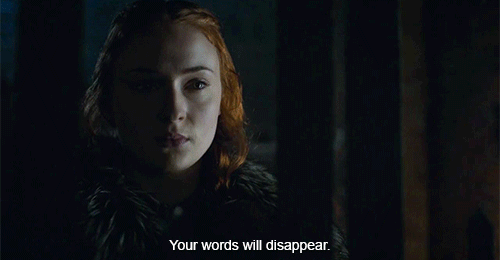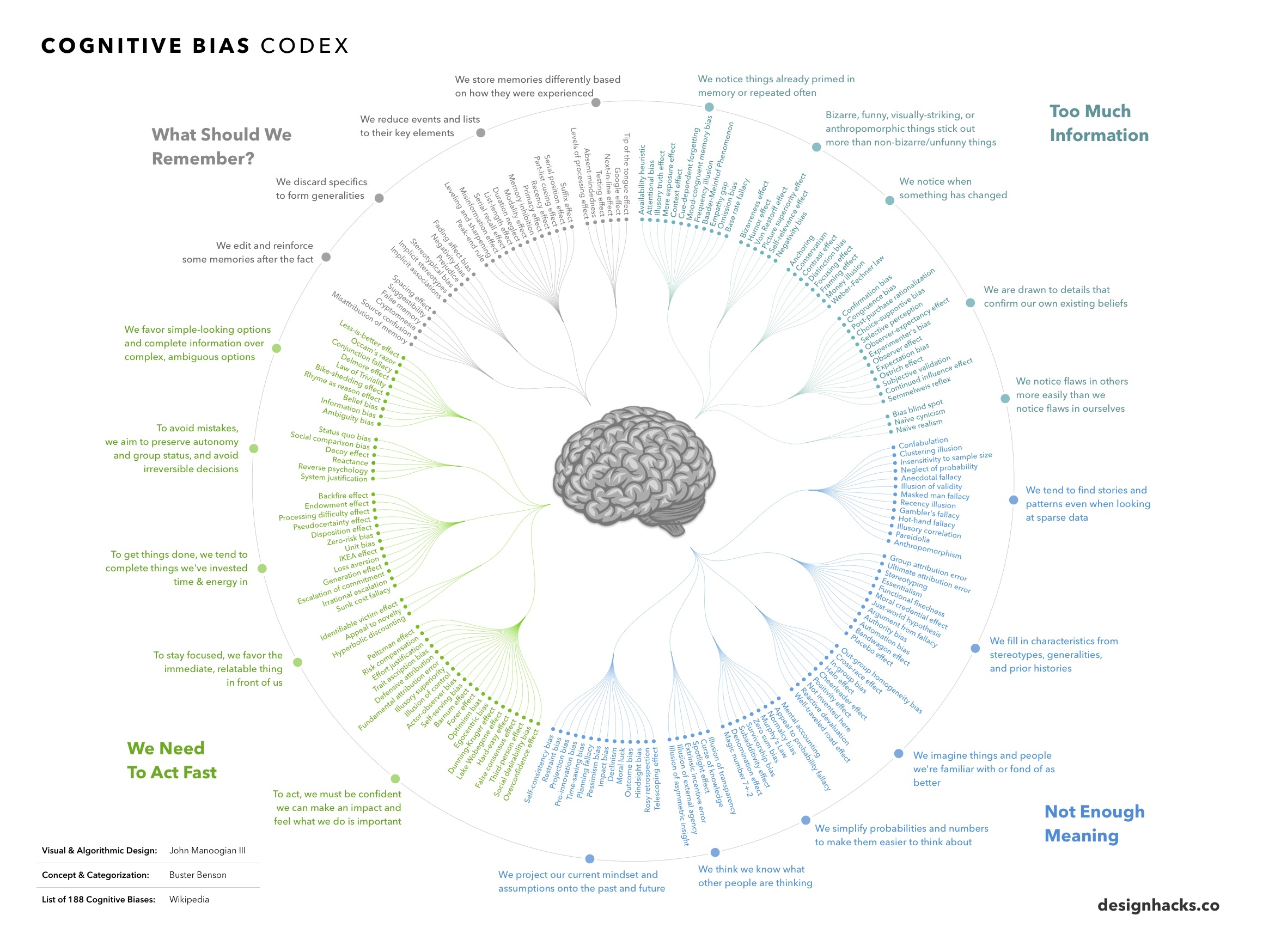📣 One Thing will turn you into a Dynamite Communicator
One Thing.
One Thing is the essence of powerful communication.
I Have a Dream would not be remembered so well if Dr. King had titled it I Have a Number of Dreams.
I was once a bumbling, hesitant, ineffective public speaker, but since I realized this principle, I have spoken effectively to thousands.
One Thing is the difference between a rambling waste of time and a powerful delivery that will remain with your readers and listeners for the rest of their lives.
The best writing and speaking focuses on One Thing
David Foster Wallace’s speech This Is Water is all about One Thing: the difficulty of empathy.
Malcolm Gladwell’s bestselling titles Blink, Outliers, and The Tipping Point can each be summed up in a single sentence.
True, some works have a debatable One Thing, while some try to avoid having a point entirely.
Yet people invariably force beloved works that are less focused into a framework of One Thing anyway. So Seinfeld, in its avoidance of a main theme or plot, becomes “a show about nothing.” And so the bulk of many scholars’ efforts are spent breathing new life into their chosen religious text, musical composition, Shakespeare play, or ambiguous sonnet by discovering and publishing the “true” One Thing their beloved piece is about.
Bad writing neglects to focus on One Thing
The worst lists, diagrams, novels, and lectures lack a clear point entirely.
Bad writing drowns in details.
Business books with a clear message become enduring classics, but business books that present a multi-level-outline all-inclusive 15-point business-and-life principle system will be forgotten.

These rambling repositories of scattered thoughts will disappear.
Don’t be like Ramsay. Many writers may run around flaying readers with stray details and directions, all the while claiming “Our Words Are Sharp,” but the people remember no Thing but the Thing in the North!
.gif)
...sorry, got a bit carried away there. Yeah, don’t disappear. People only remember One Thing.
Determine how to communicate your whole message as One Thing
I have a chart hanging on my wall that lists 188 cognitive biases, courtesy of the good folks at https://designhacks.co/. You may have seen it before.
The chart attempts to summarize all of the biases into 20 sub-groups.
That’s better than 188, but still too much. I can’t achieve pervasive awareness of my brain’s limitations by juggling 20 sentences all day.
So these 20 are further summed up into four super-categories: “Too Much Information,” “What Should We Remember?,” “We Need To Act Fast,” and “Not Enough Meaning.” Much better! Now I can focus on one at a time and work towards a life-changing awareness of the brain’s limitations.
Still, it might be best to try for a single point. Ironies abound here: Reducing everything to one point is a perfect example of conforming the facts to my cognitive limitations. But let’s give it a try.
There’s so much information and so little time that my brain uses shortcuts to pick and choose what’s important and meaningful in order to survive.
There. That is much more effective than a list of 188 cognitive biases. With a little help, I’ve successfully summarized the brain’s cognitive biases into One Thing. That One Thing might not cover every single situation, but it will do the best job I can hope for. It will improve my thinking the most.
When you want to change people’s thinking, your best bet is One Thing.
When you want to get people to buy or support something, win a jury or judge to your side, or have an impactful conversation with your children, your best bet is One Thing.
Use supports, not tangents
You might be tempted to cover everything you’ve missed when you revise your presentation. But each point you add to your communication reduces the importance of your main point. When you try to emphasize everything, nothing is emphasized. You might as well be painting a picture of black camels crossing a black desert on a cloudy night.
One Thing is a slippery bastard. It’s always tempting to let it go and branch out into new thoughts. Don’t do it!
If I were to detail here how to improve your writing by doing audience analysis, by selecting wisely between Germanic-root words for emotional impact and Latinate-root words for intellectual impact, or by capitalizing on the finer points of register, I would only be weakening this post. Unless, perhaps, I brought each of those things back and showed how they help you better focus on One Thing.
Sub-points and explanations are fine, but always bring your communication back to the point. When your One Thing is clear, your audience will work out its importance and implications. You can help them along in your piece, but make your sub-points supports, not tangents.
Concealing and Revealing the One Thing: Inductive vs. Deductive Writing
This doesn’t mean you have to announce your point at the beginning or in your title, as I did in this post. Your One Thing can be a gradually unveiled mystery. In fact, some of my favorite writing makes the reader work to discover the point.
The piece you’re reading right now is deductive: I announced at the very beginning what it is about, saying “One Thing” several times in a row. Inductive pieces, by contrast, can bring your readers through points and examples until they see for themselves that your point is both true and important.
Inductive writing can give your One Thing immense power. After all, a conclusion you make on your own is always stronger than a conclusion I try to force upon you. Somebody even made a movie about that once.
But whether your single writing or public speaking objective is veiled or whether it is capitalized and repeated an annoying number of times, never lose sight of it as you communicate.



Congratulations @petro.keay! You have received a personal award!
Click on the badge to view your Board of Honor.
Do not miss the last post from @steemitboard:
SteemitBoard and the Veterans on Steemit - The First Community Badge.
Congratulations @petro.keay! You received a personal award!
You can view your badges on your Steem Board and compare to others on the Steem Ranking
Vote for @Steemitboard as a witness to get one more award and increased upvotes!